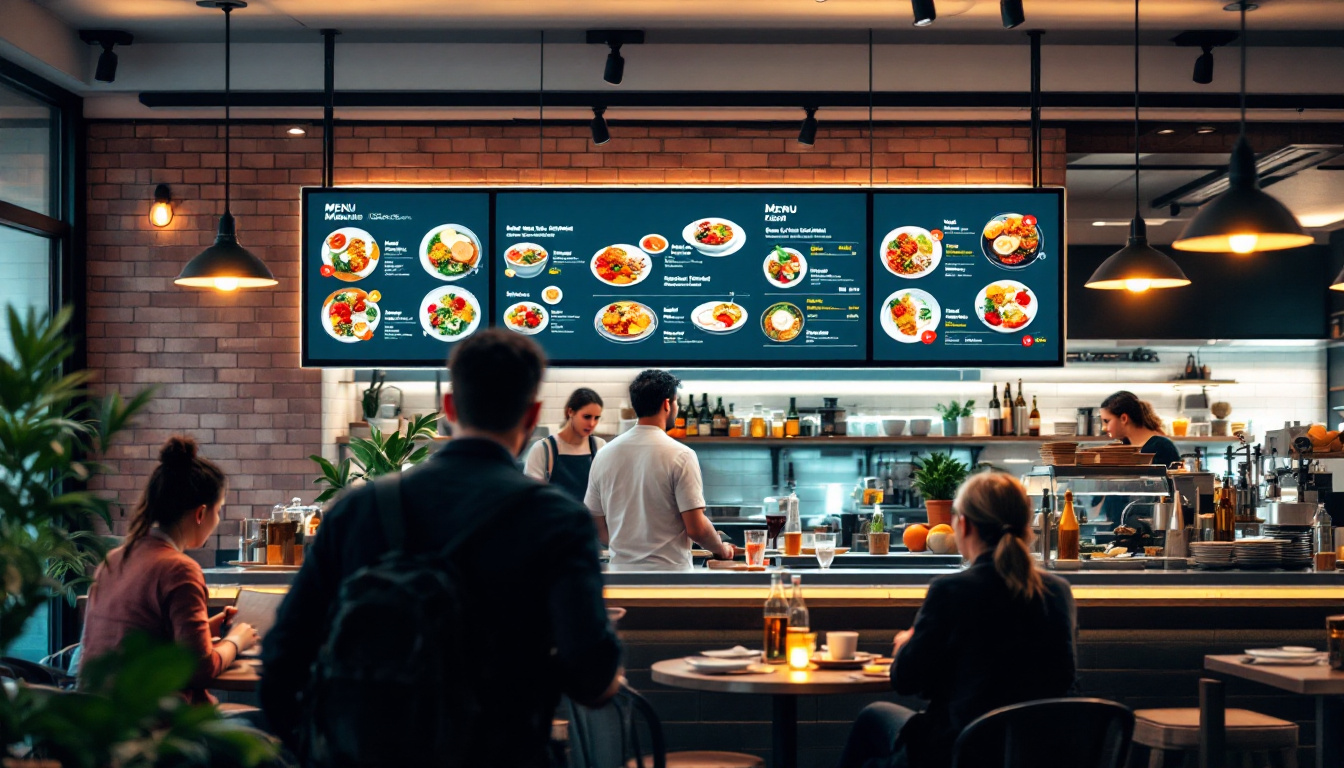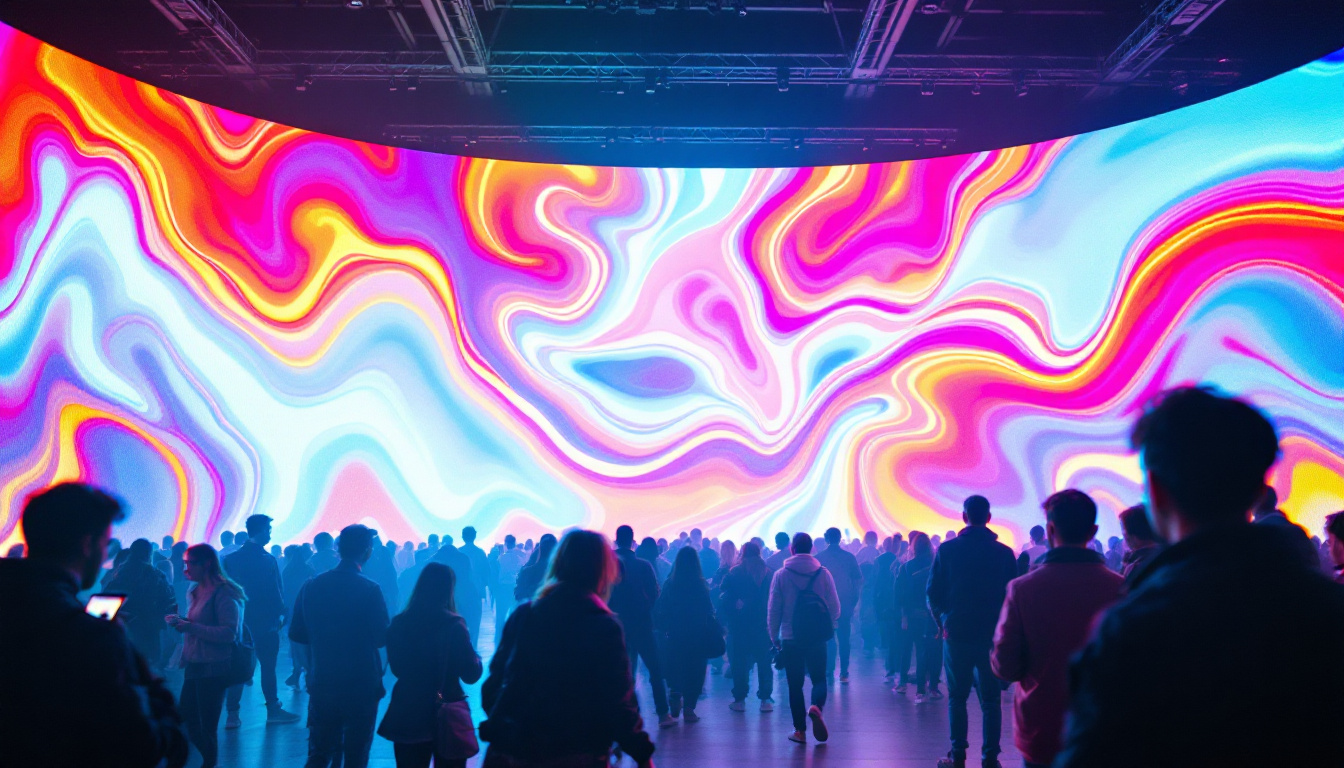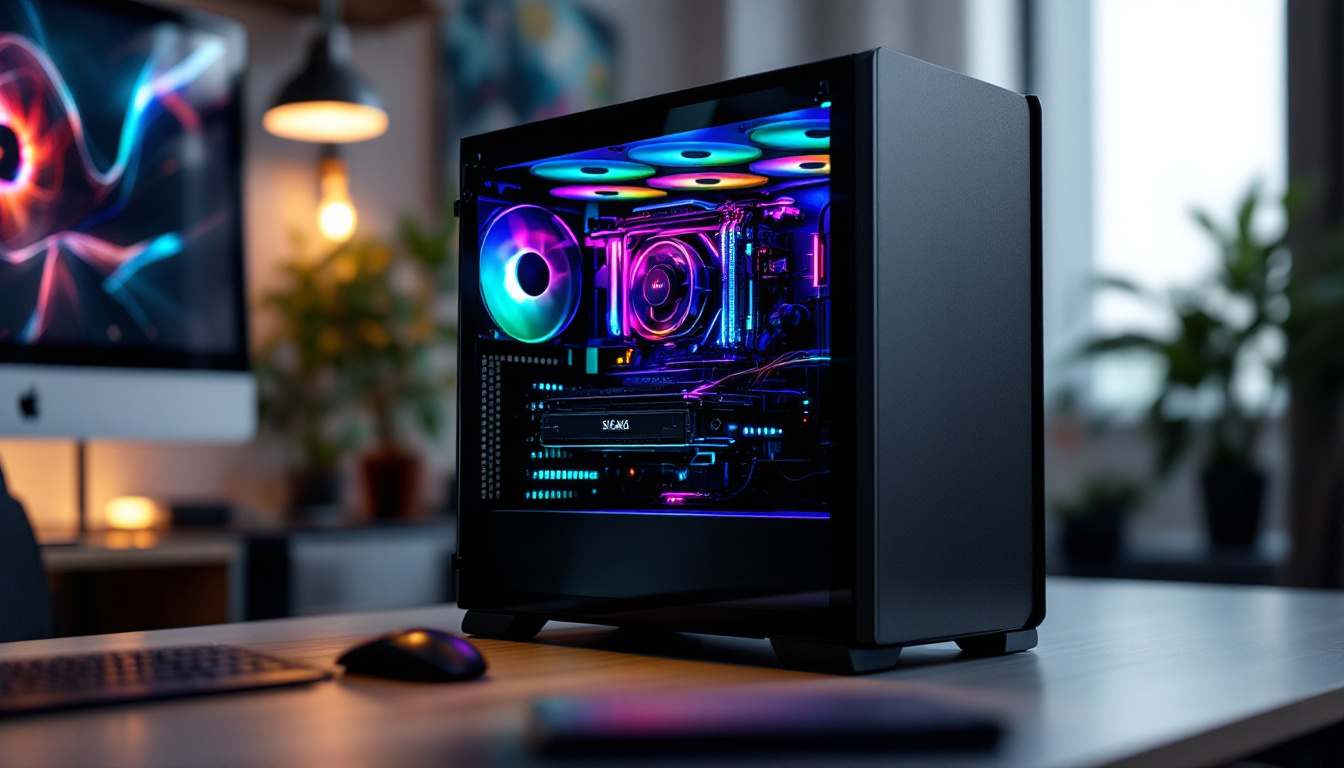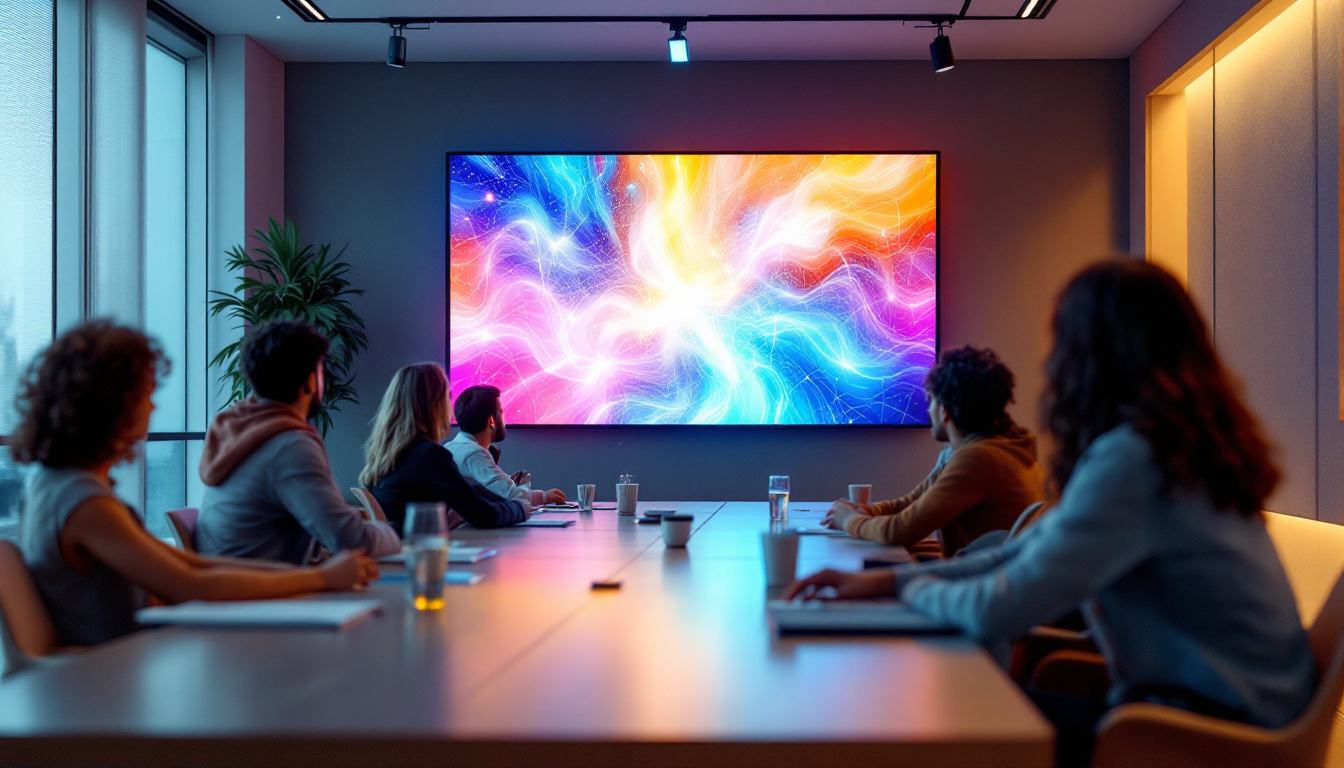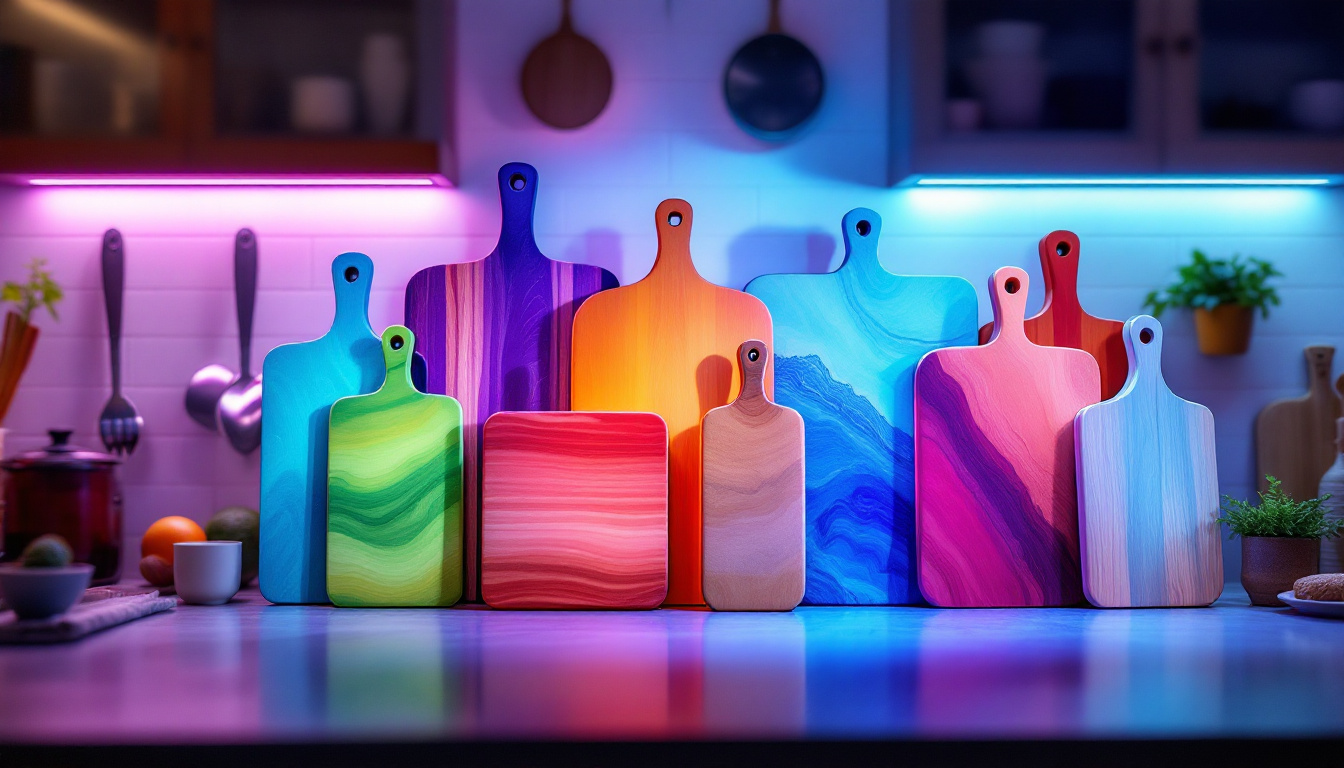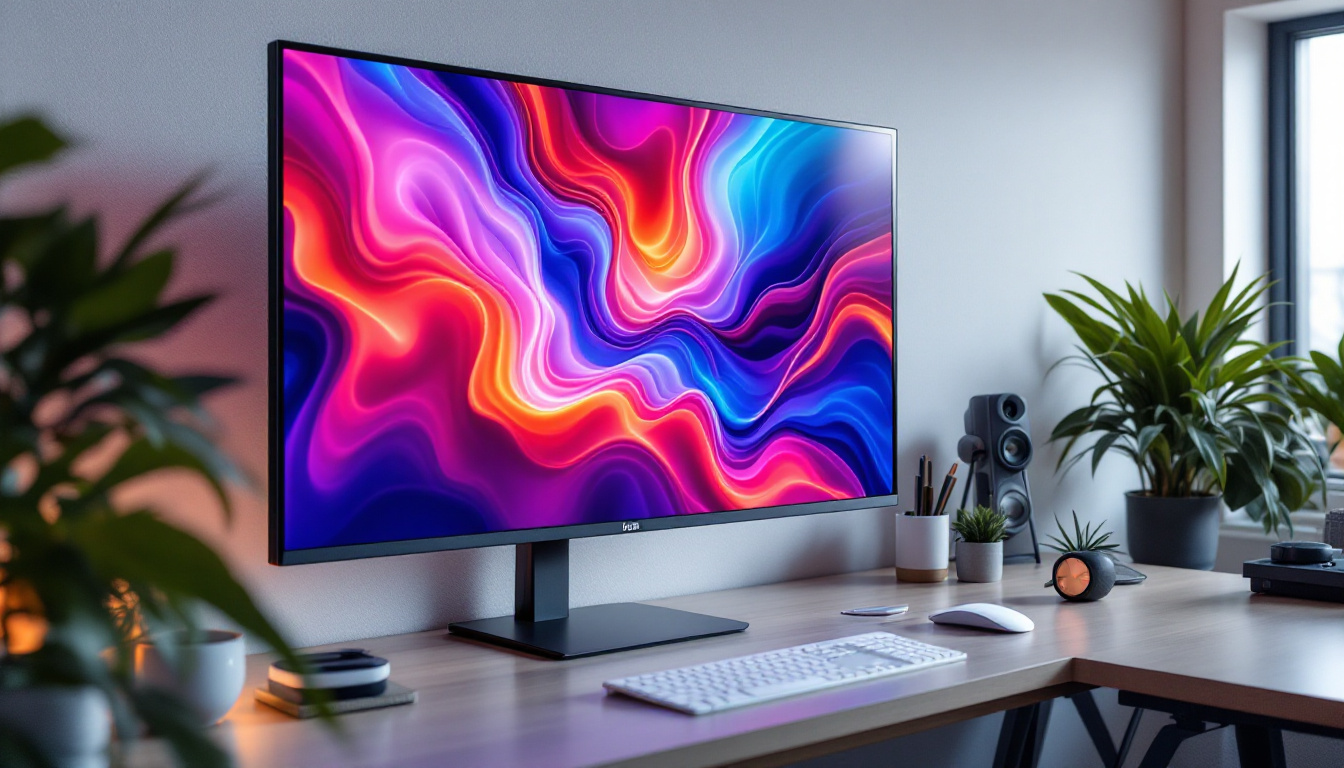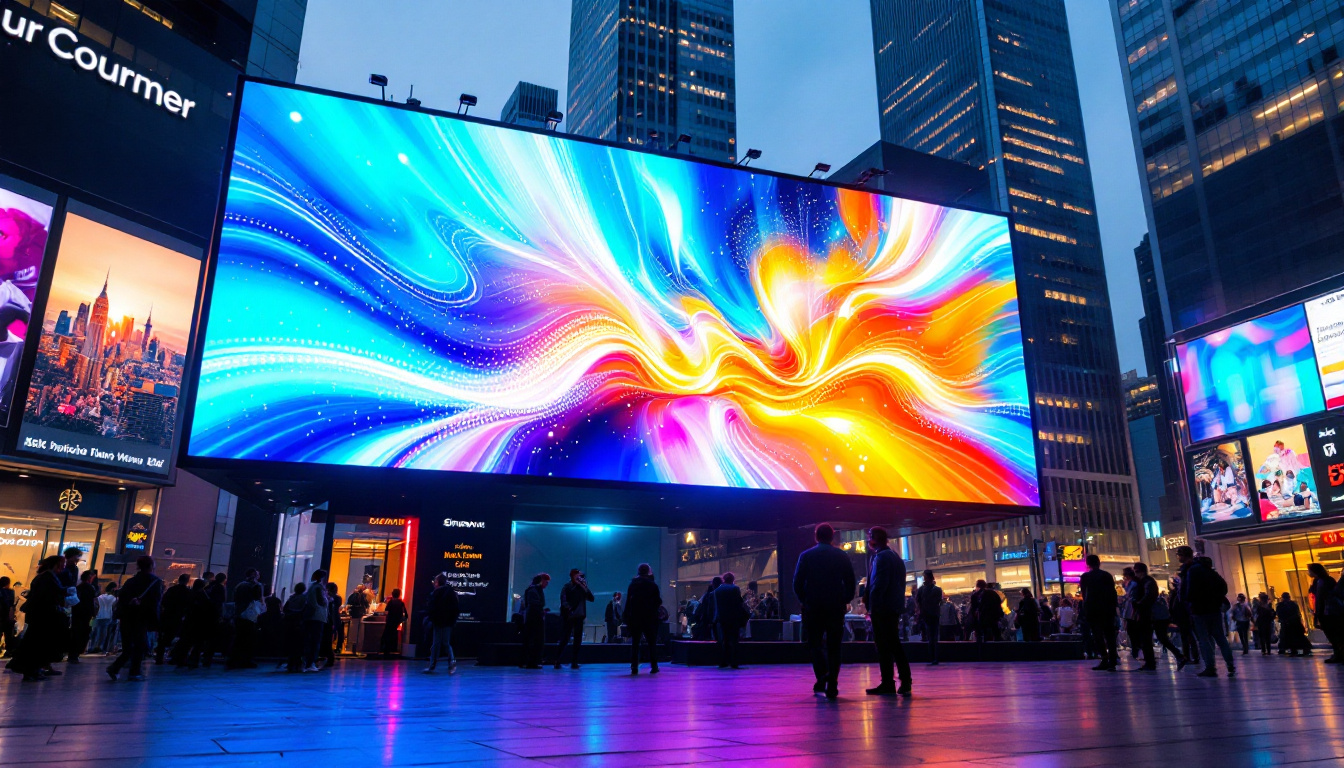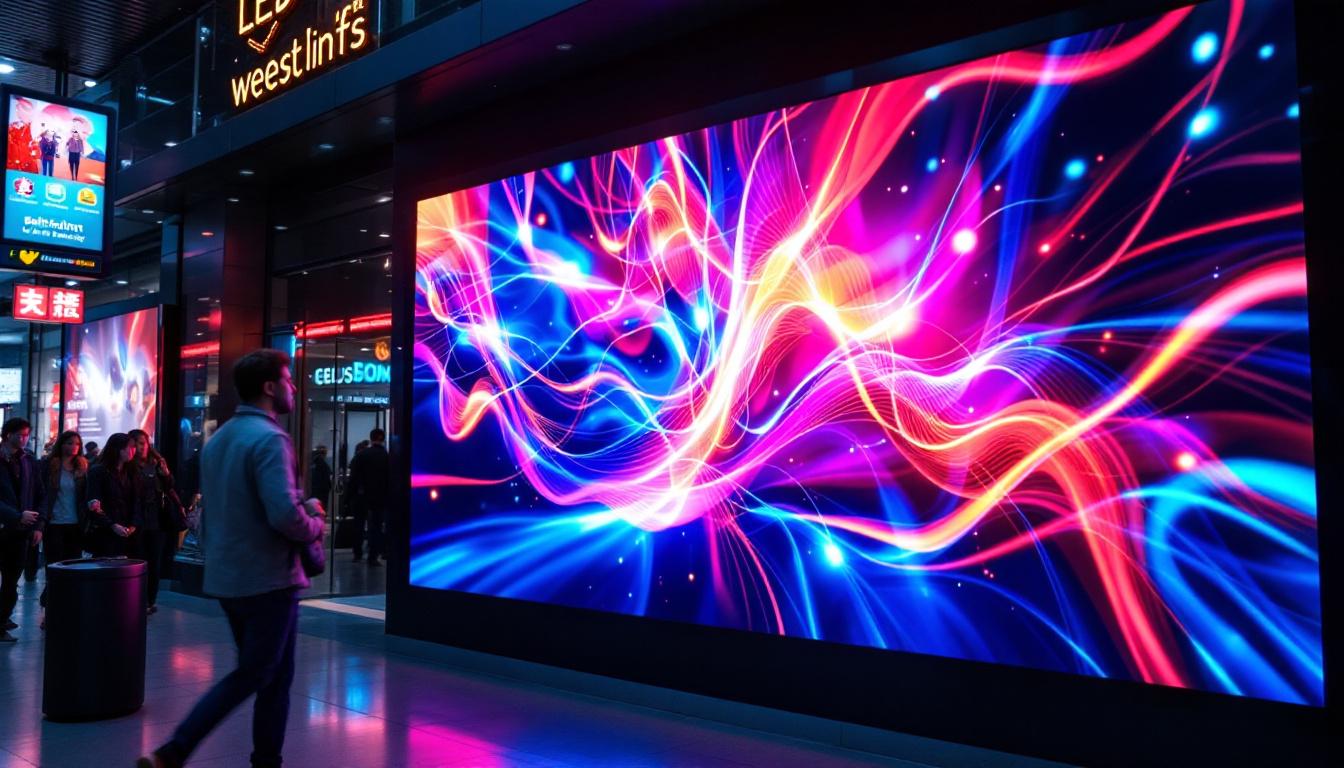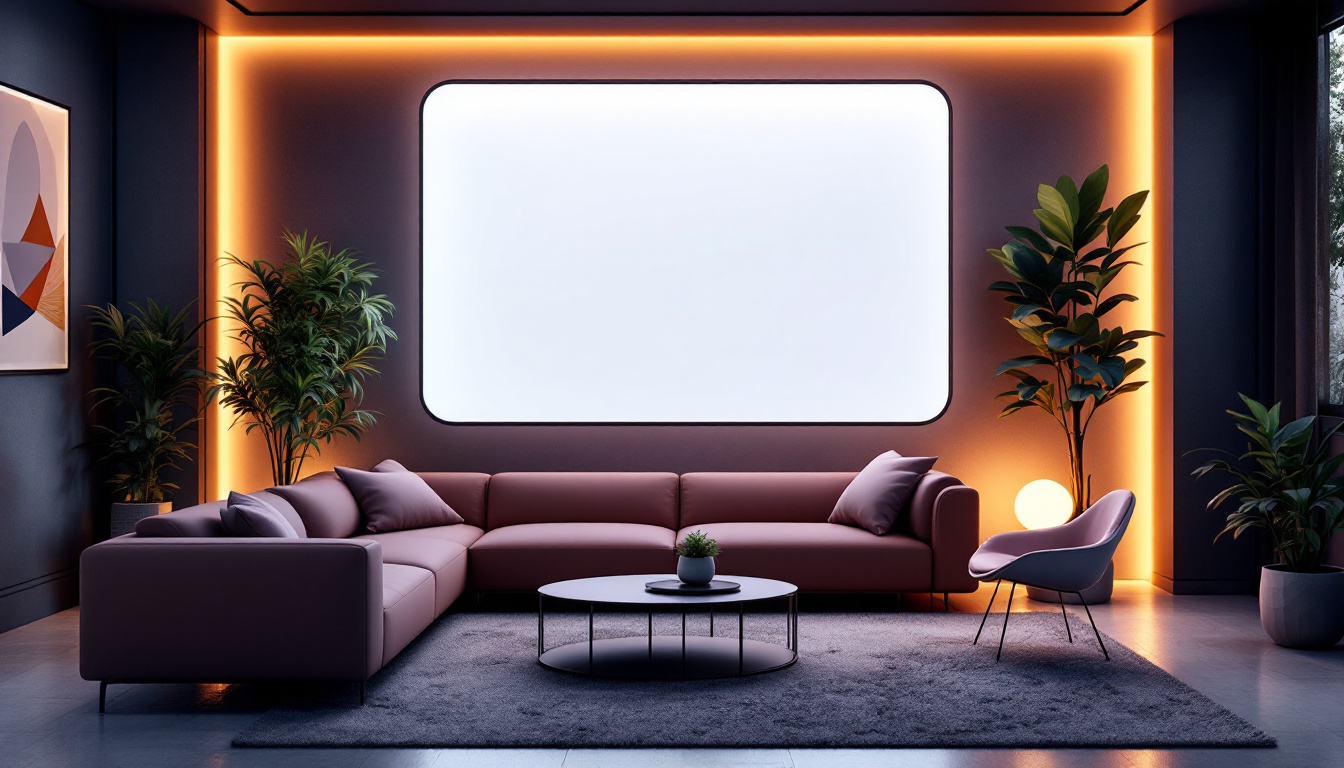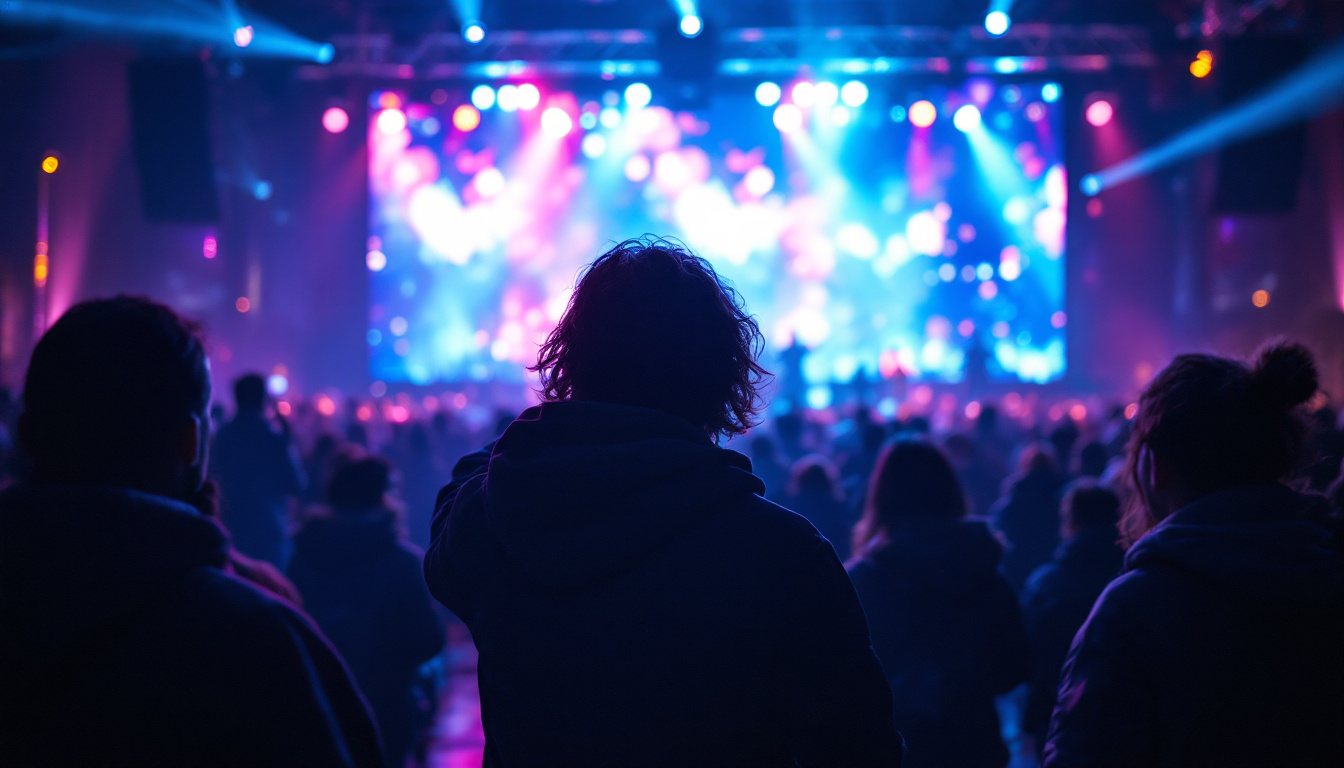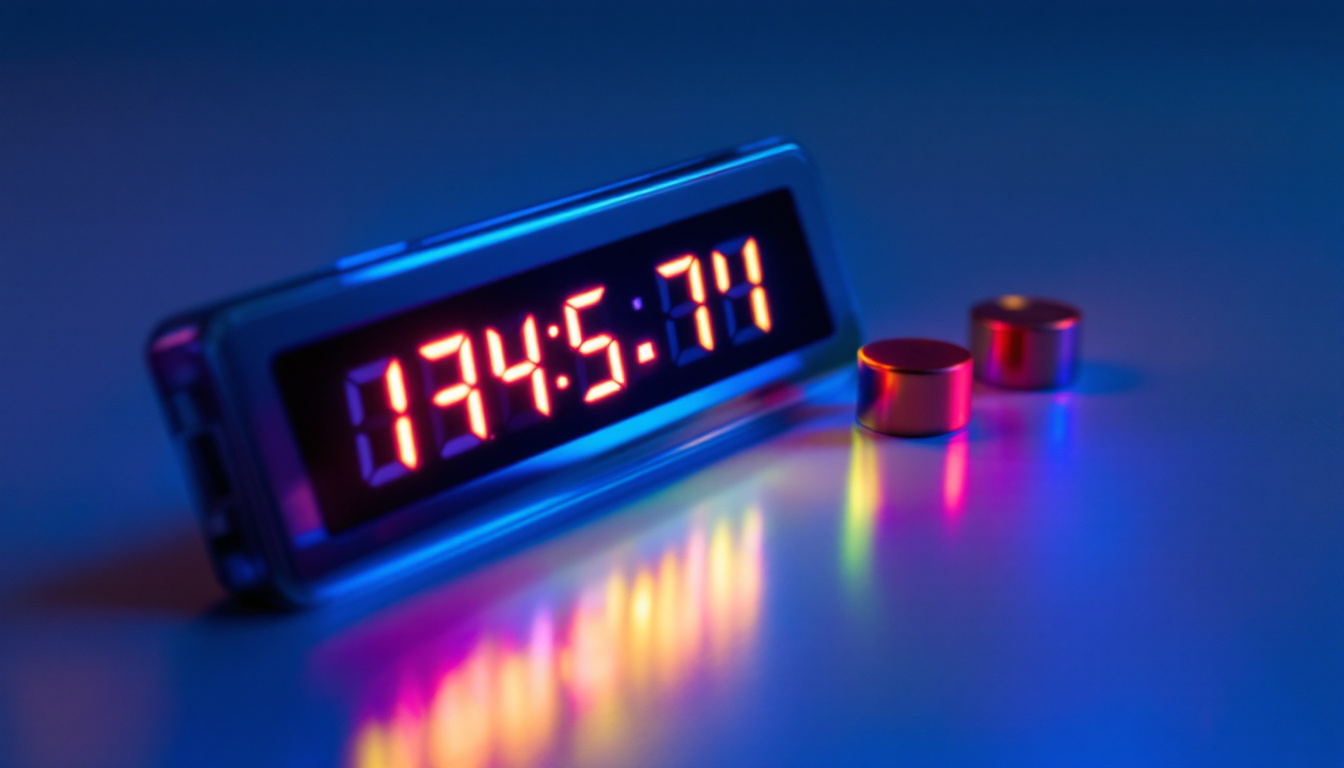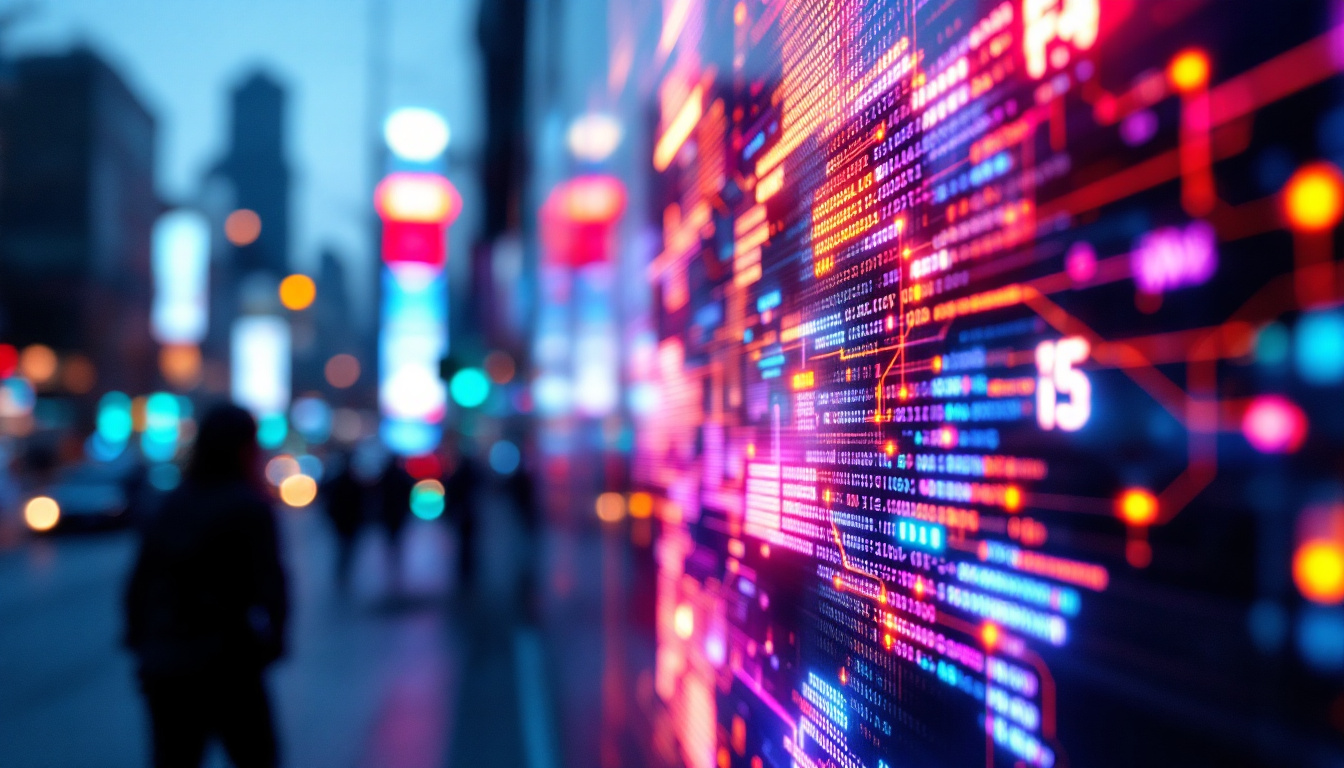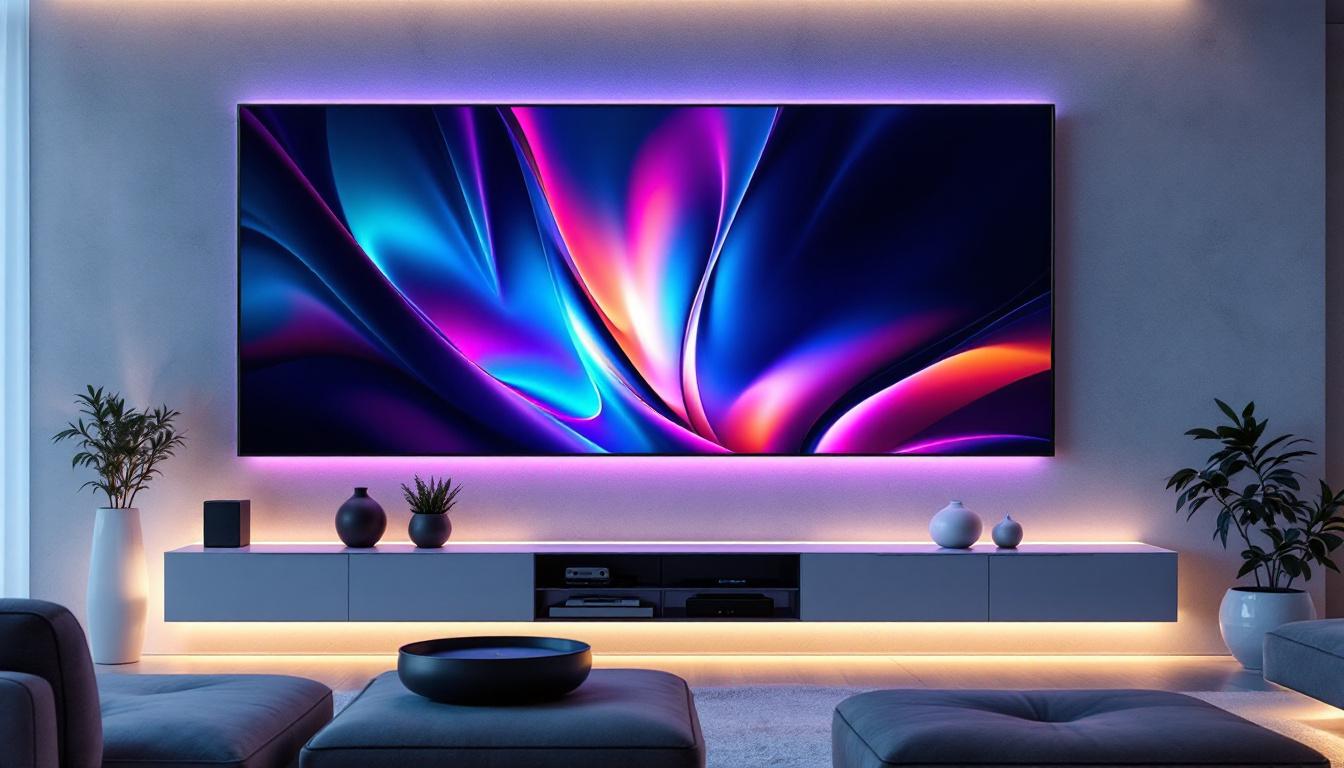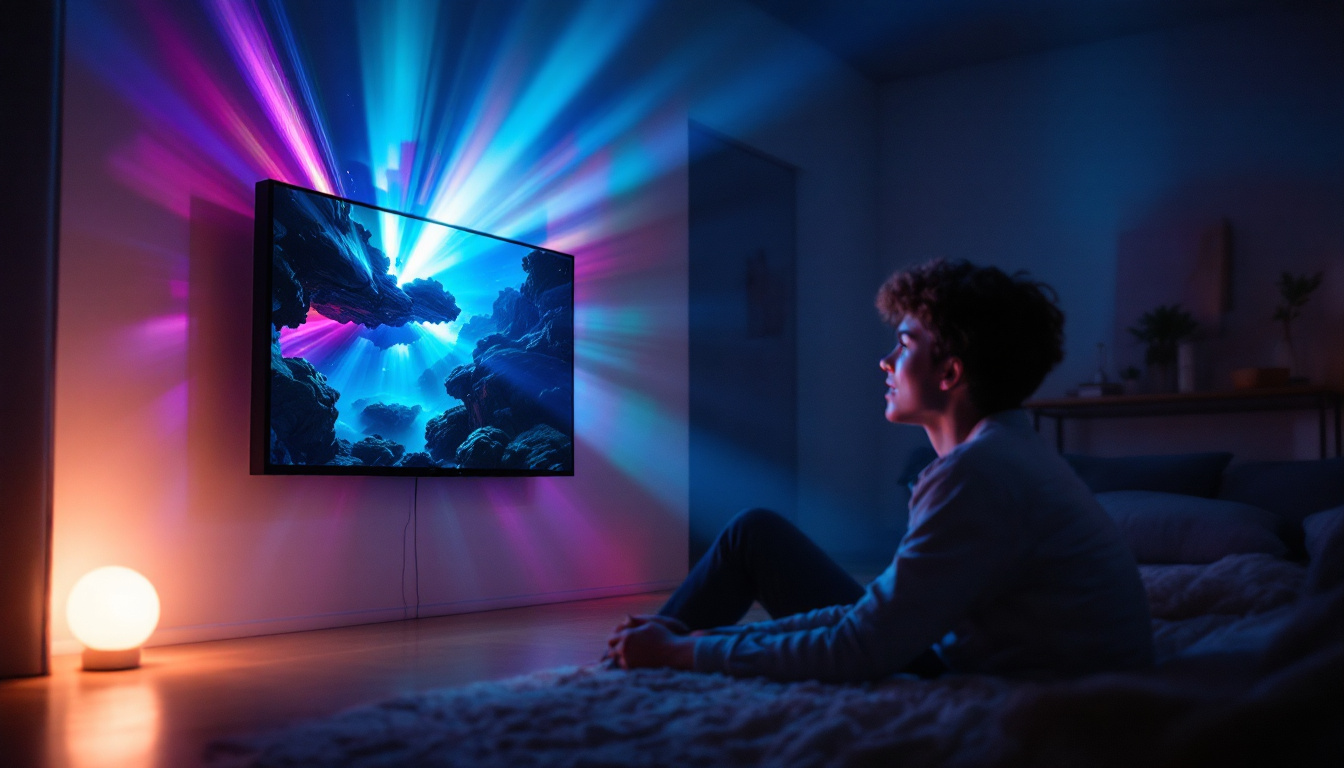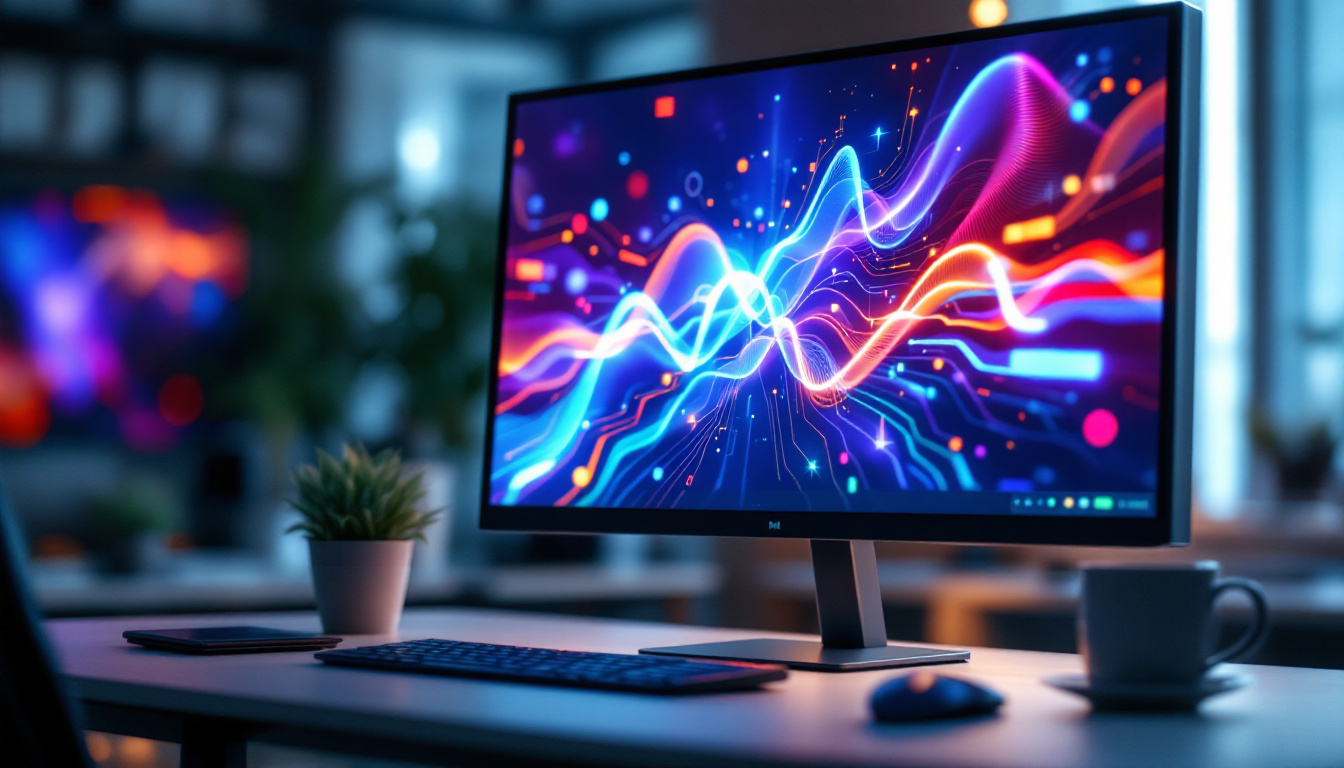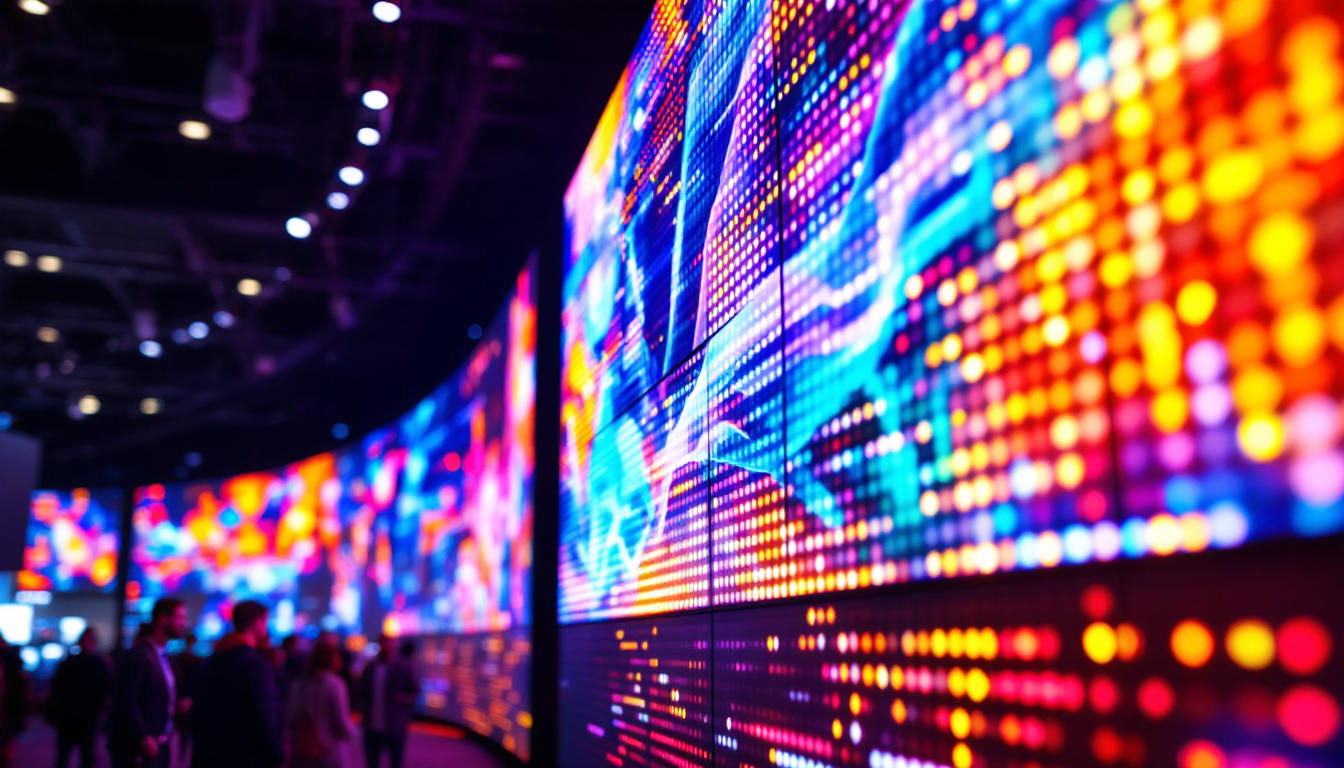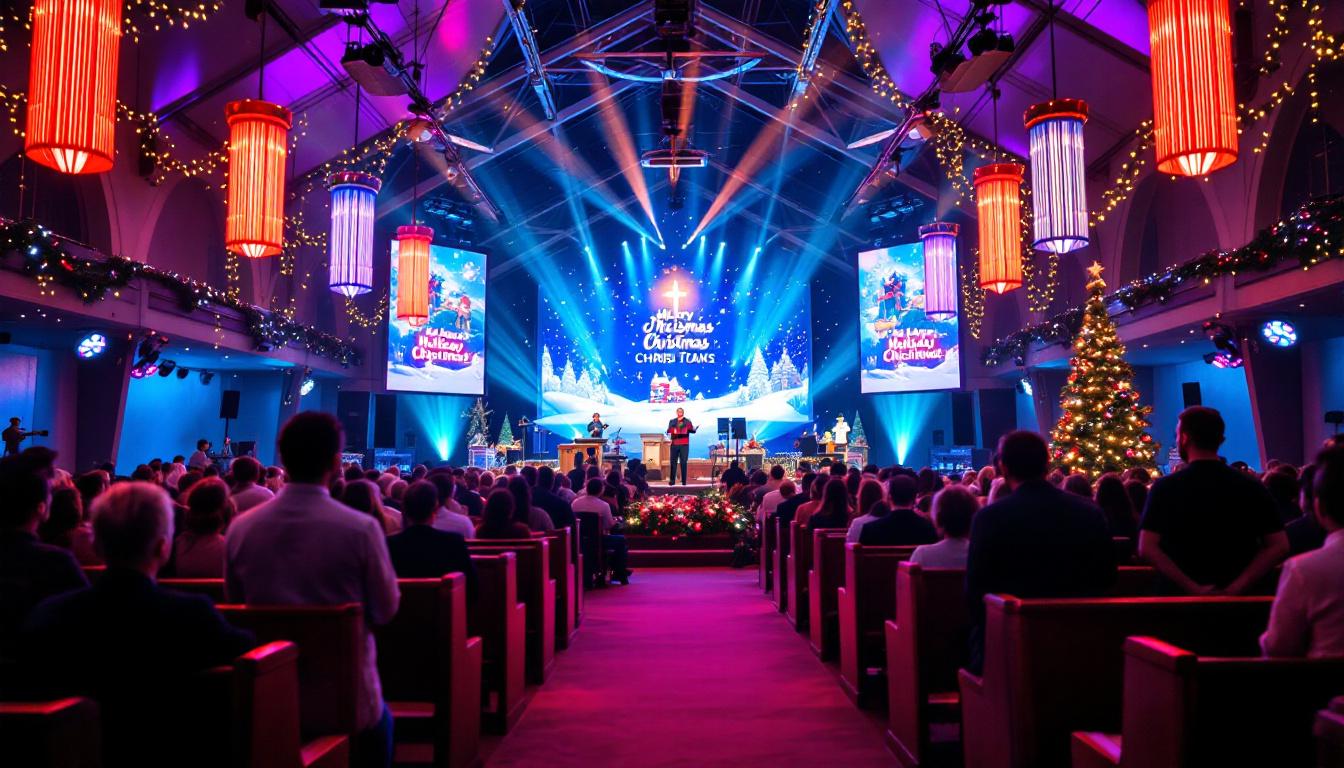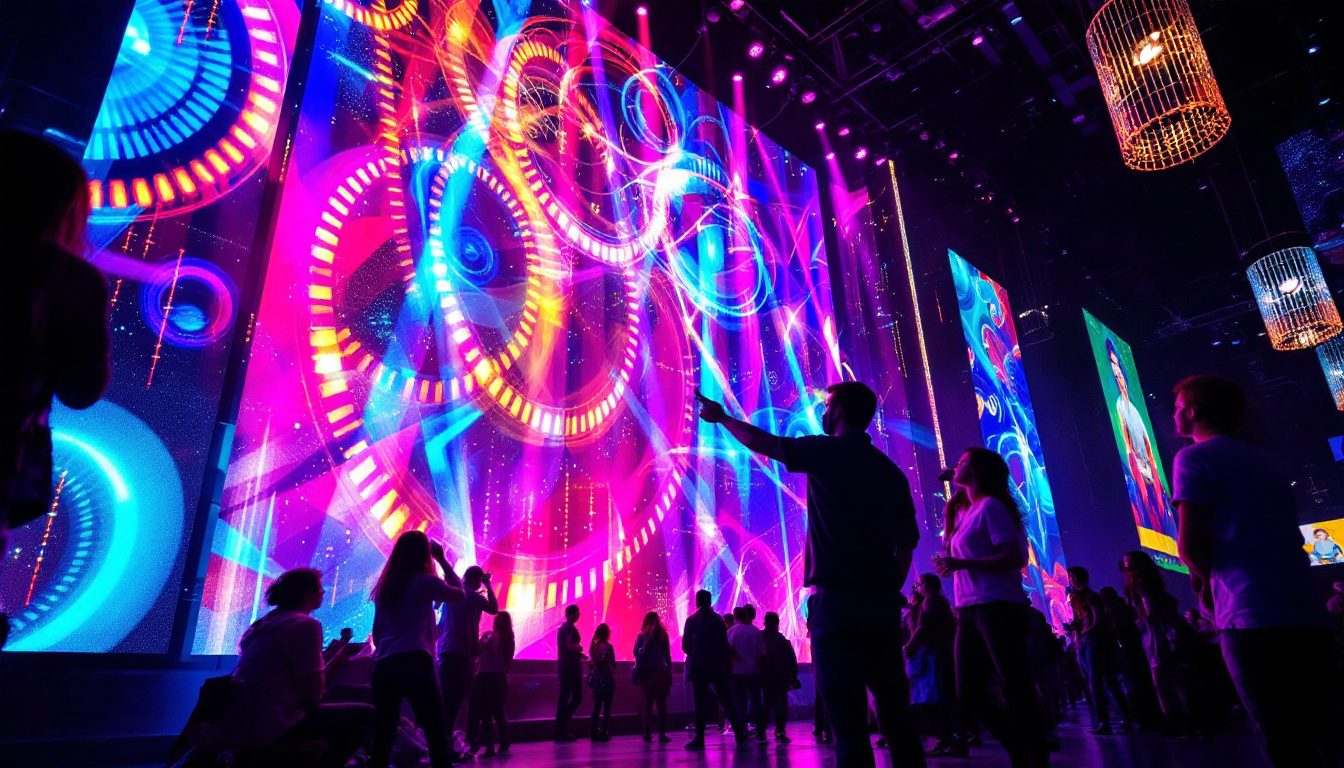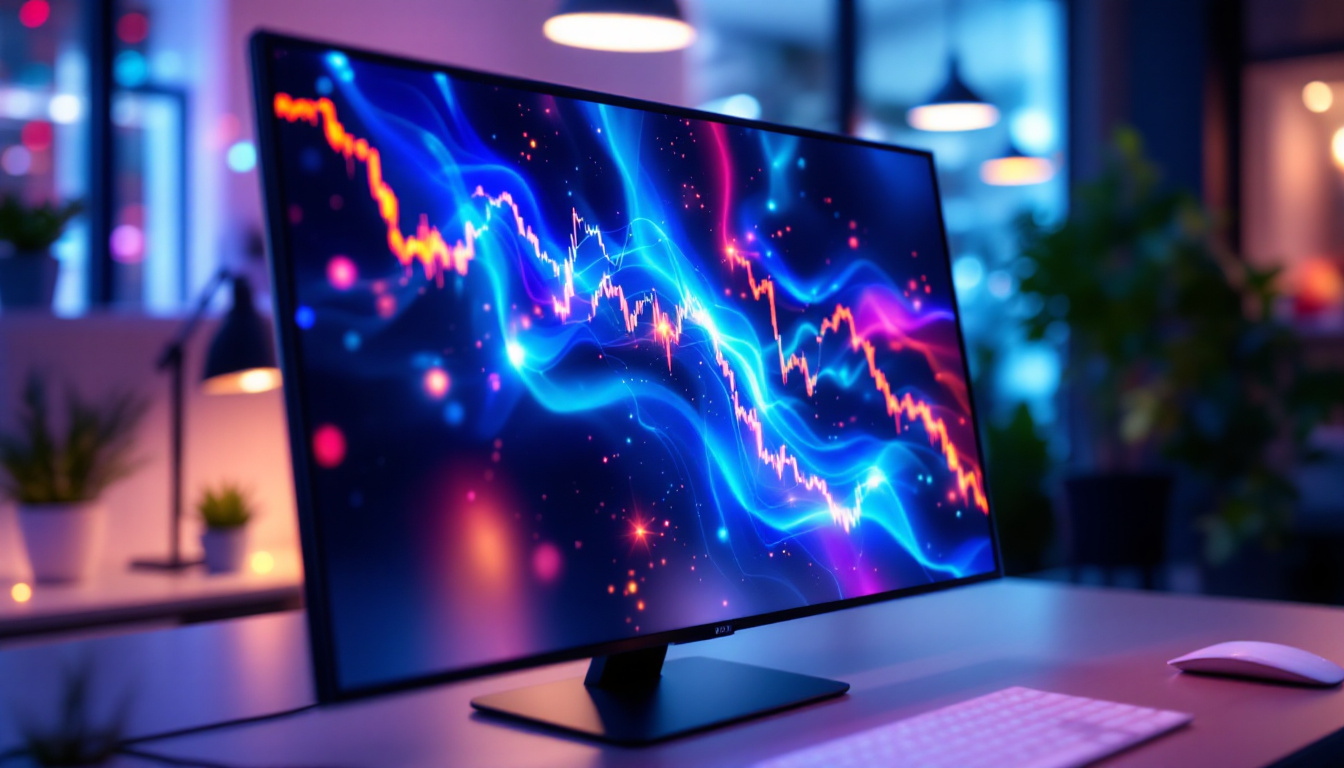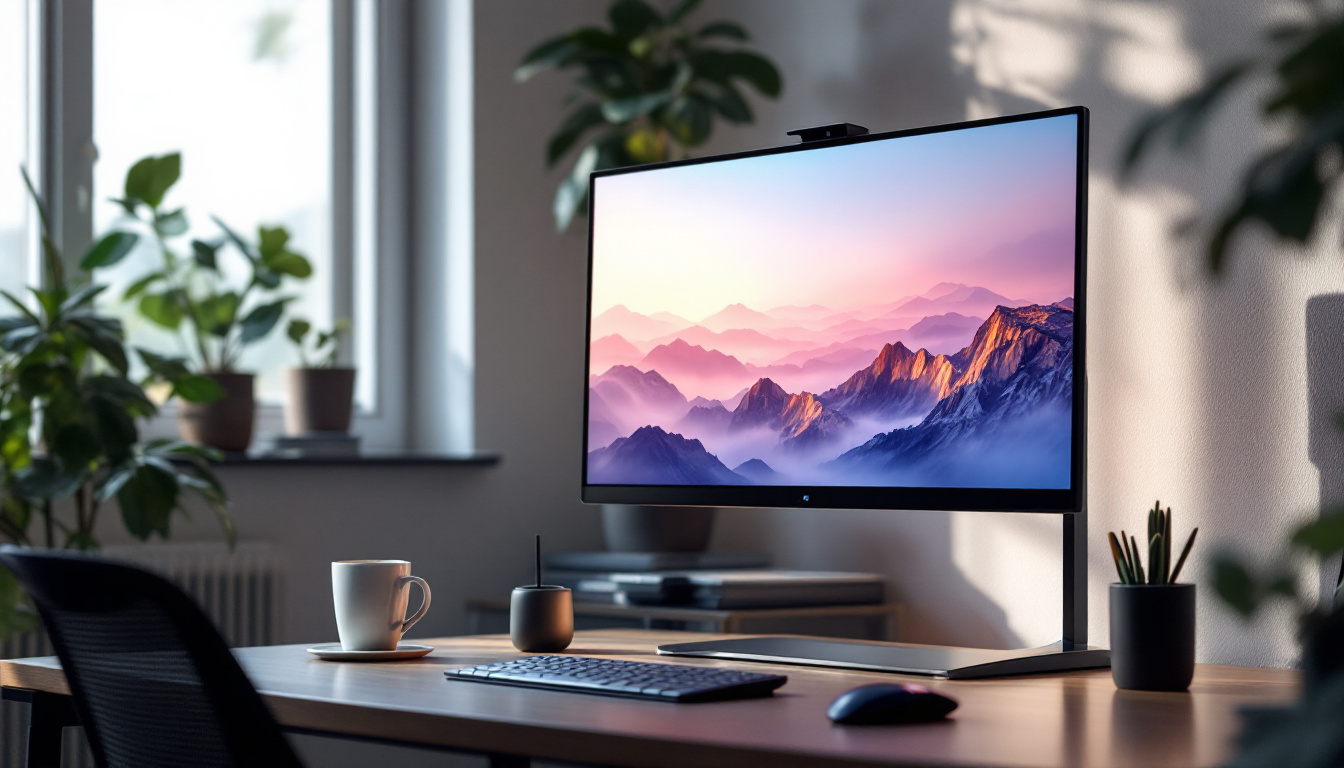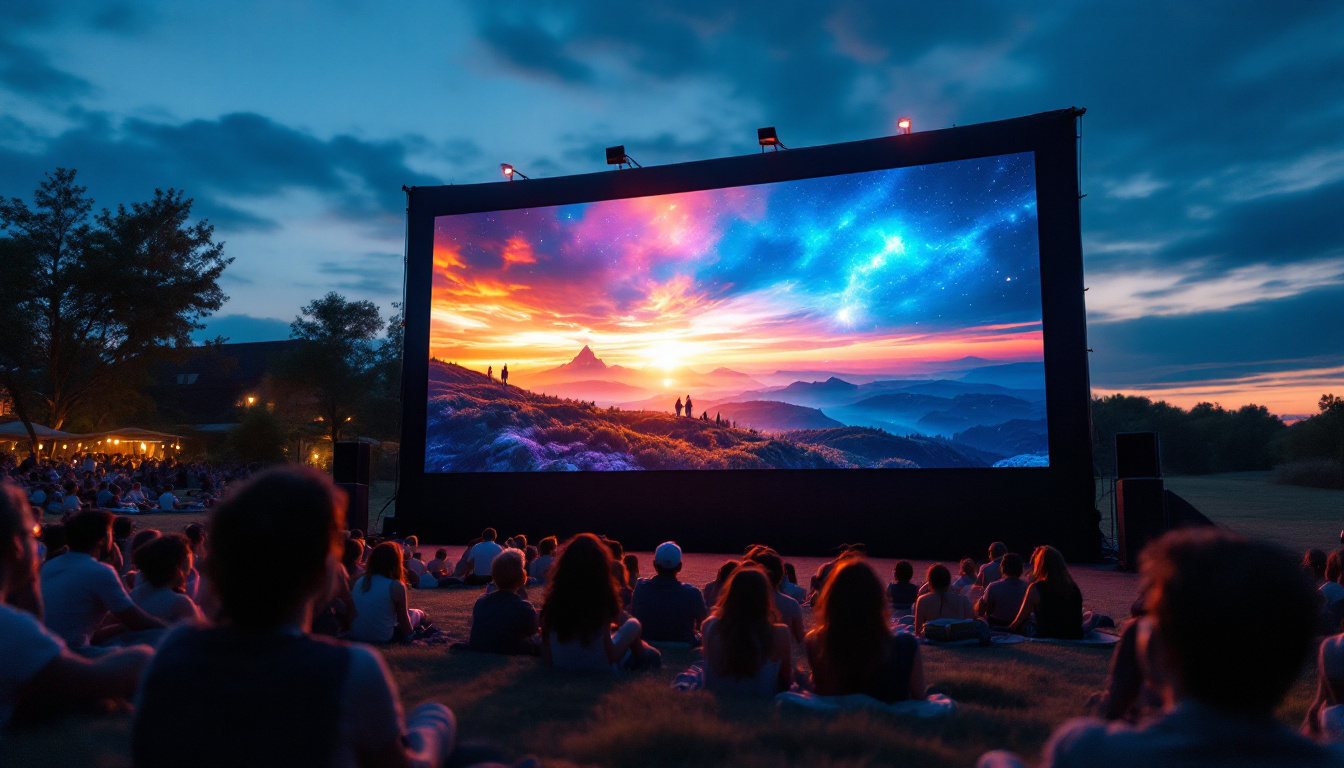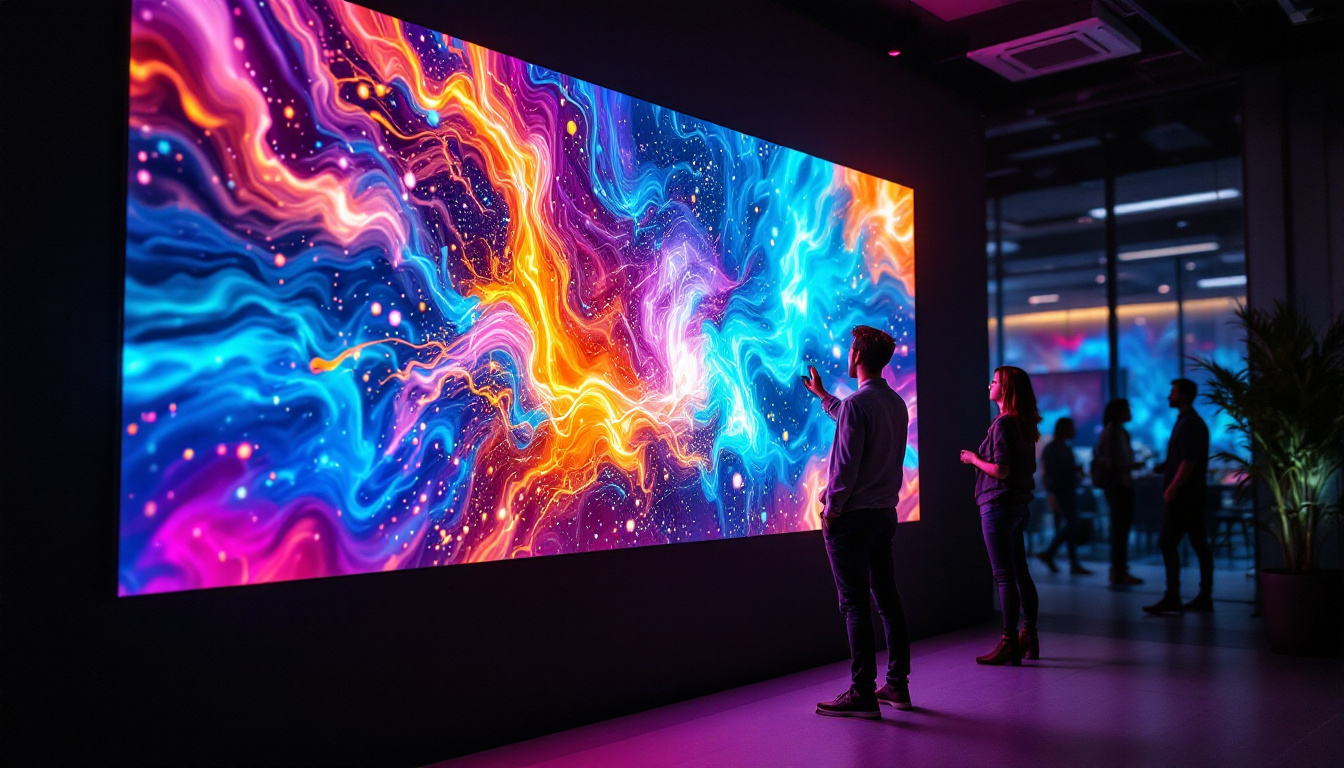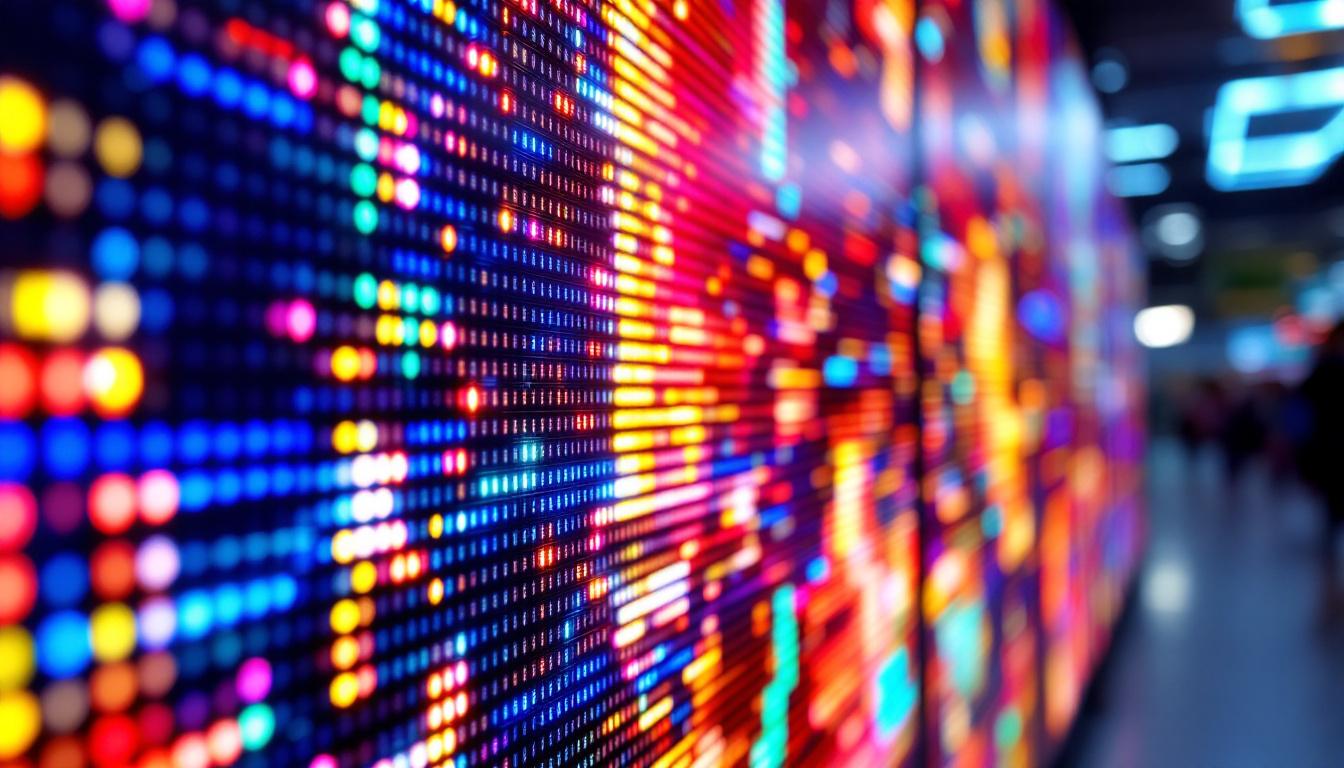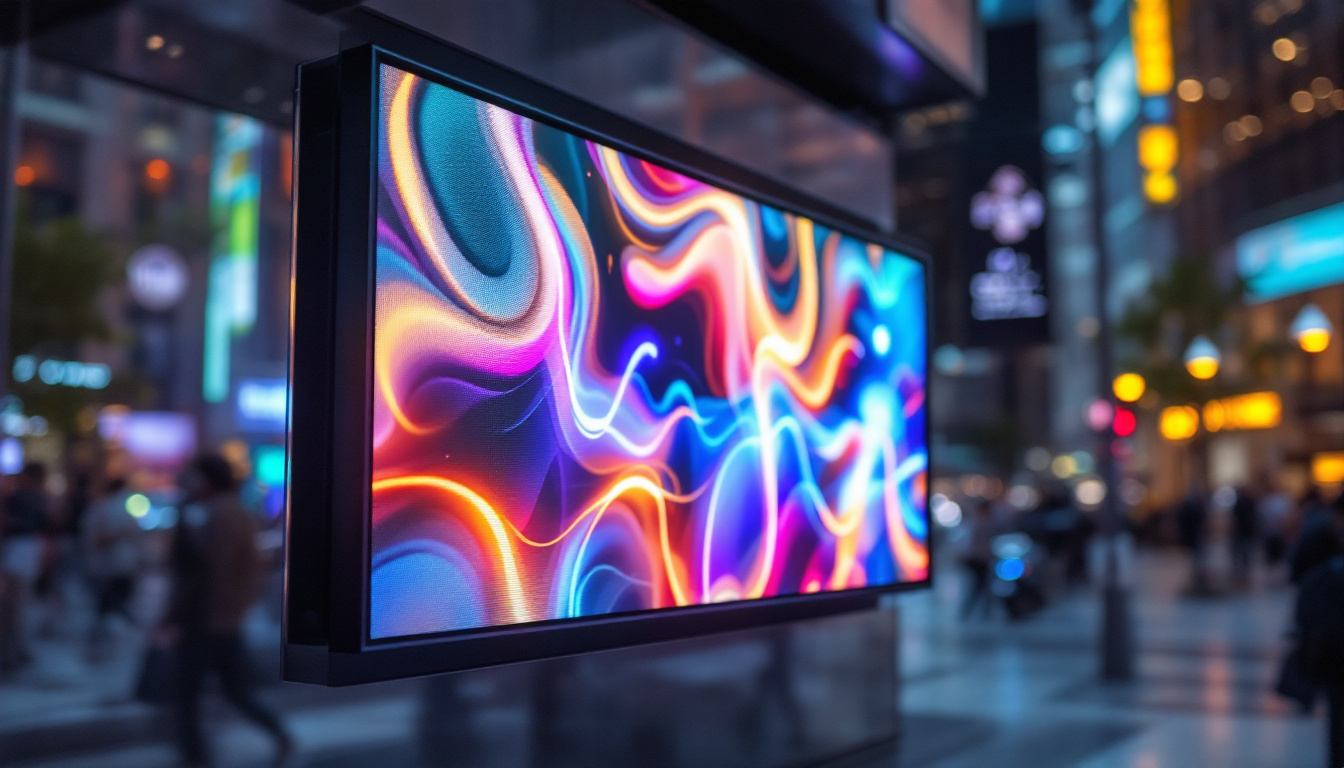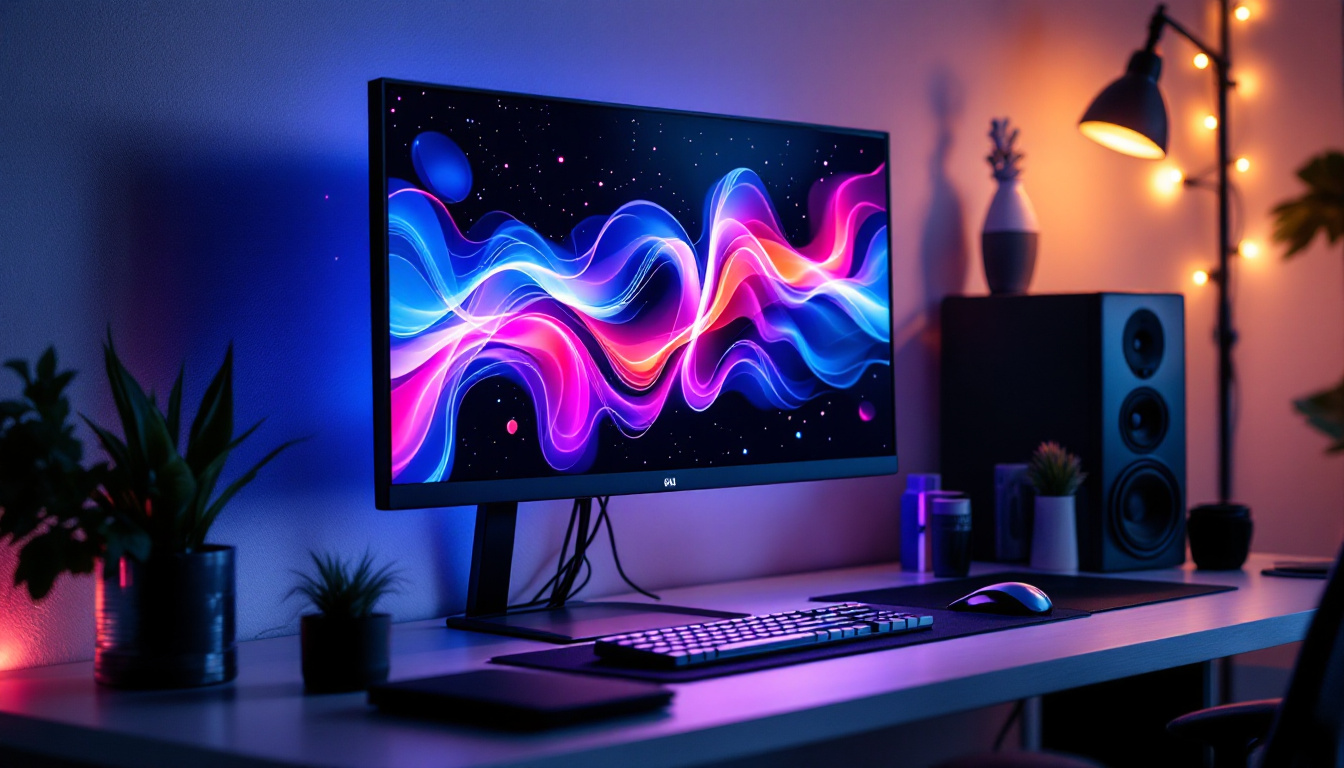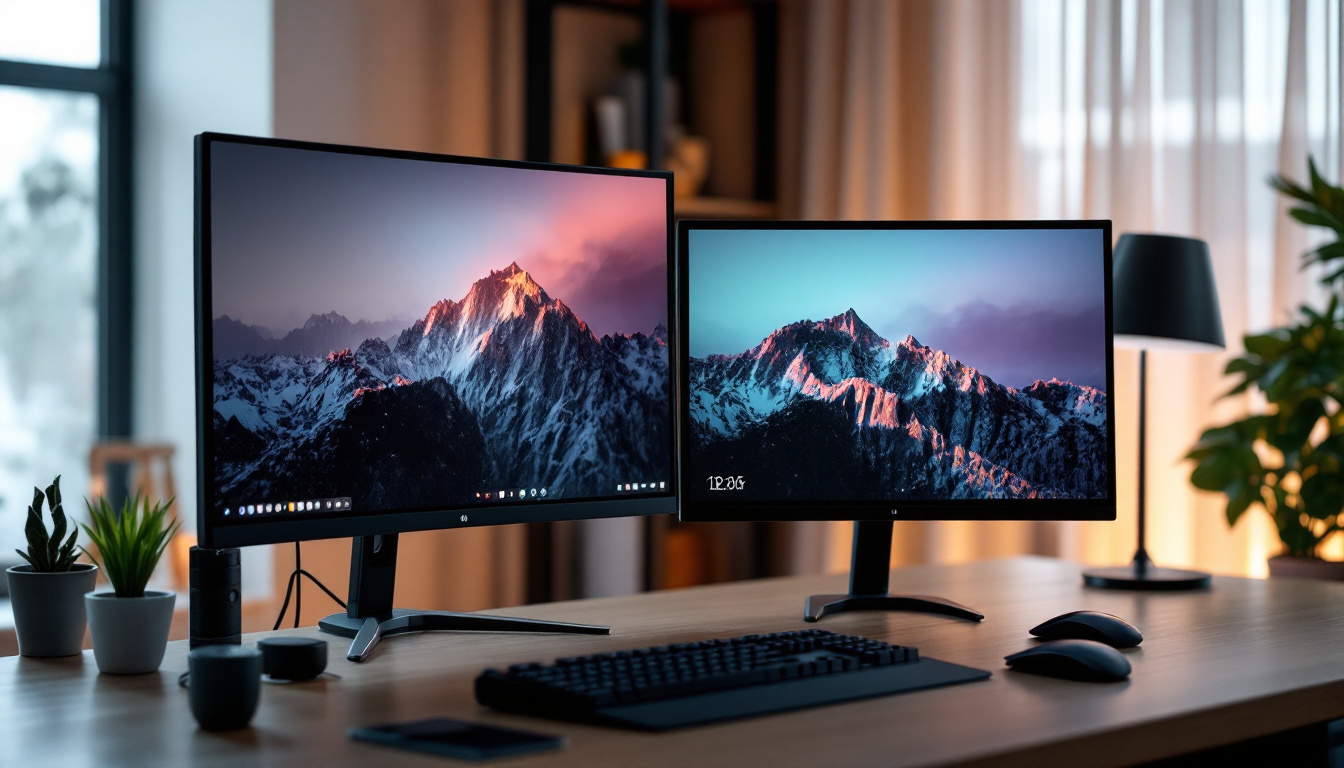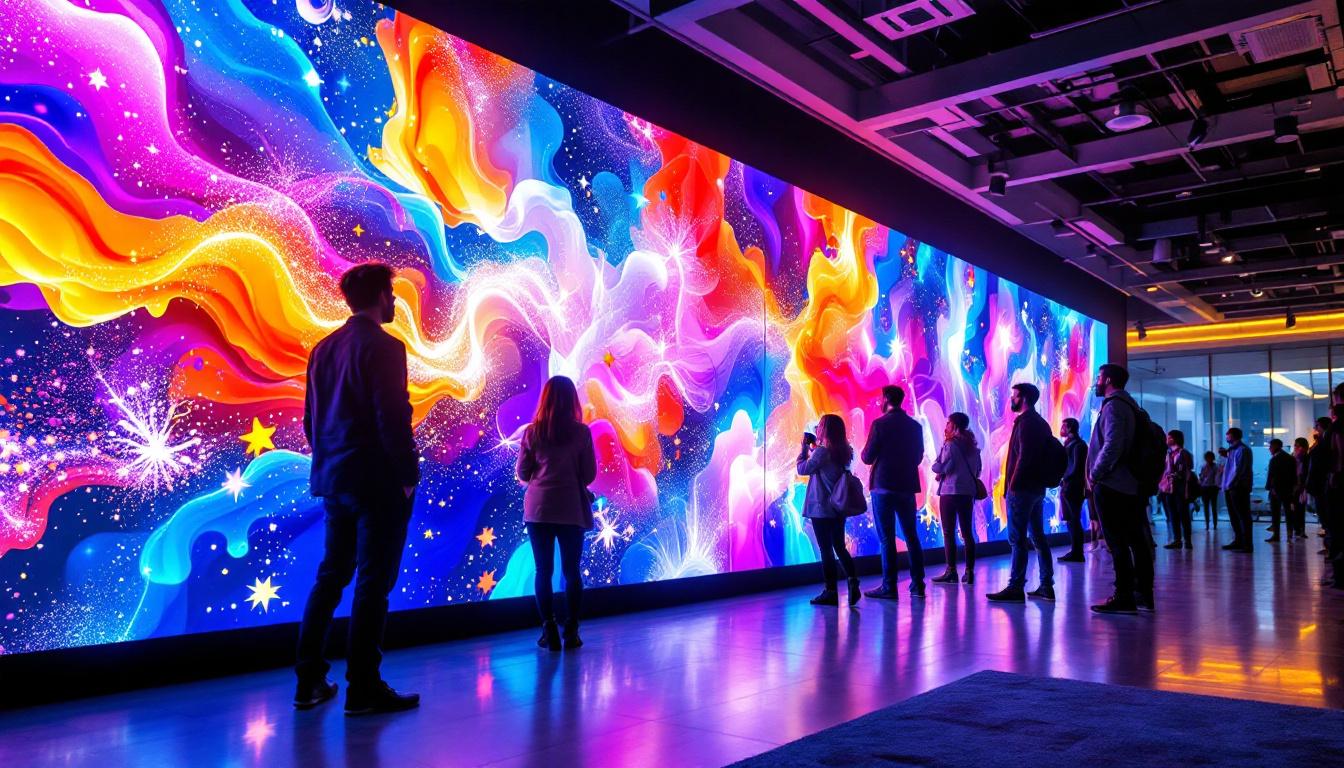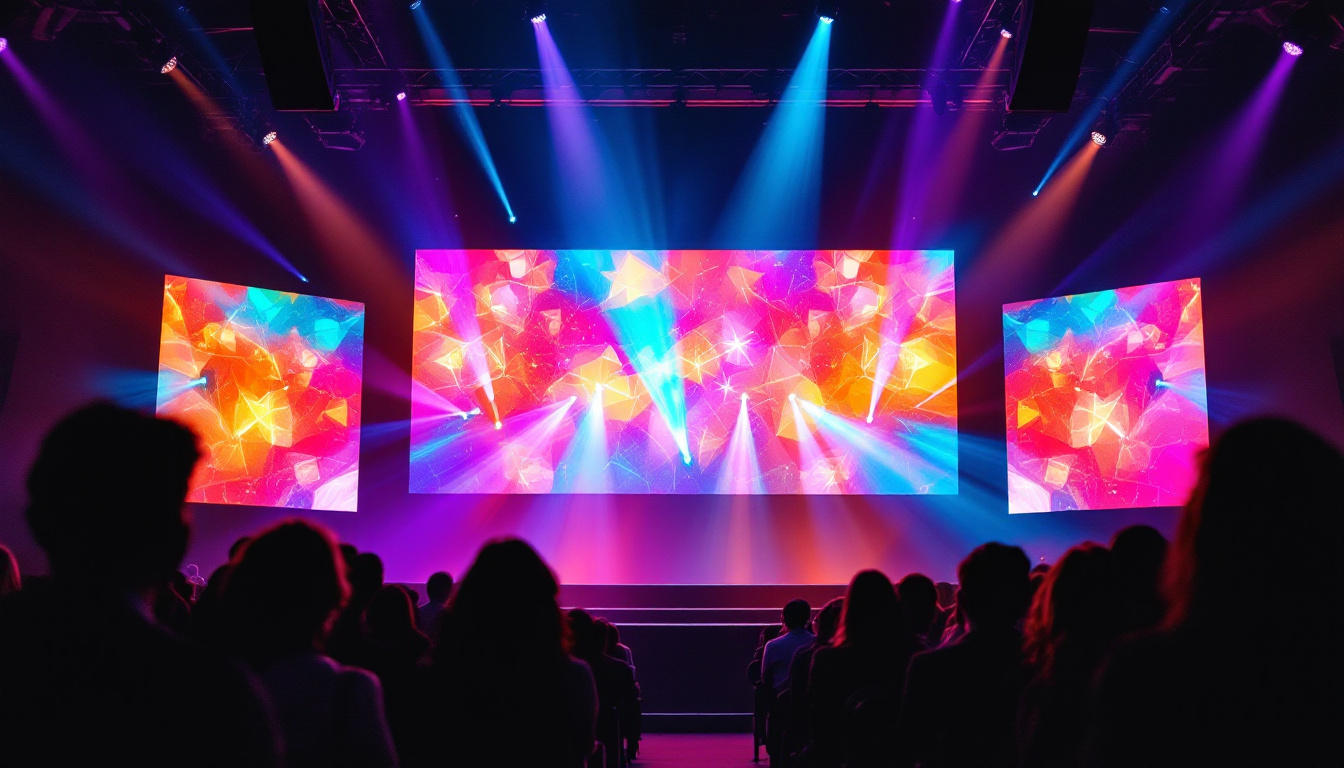Restaurant LED Menu Board: LED Display Explained
In the ever-evolving landscape of the restaurant industry, staying ahead of the curve is crucial for success. One of the most significant advancements in this realm is the introduction of LED menu boards. These digital displays are not just a trend; they represent a fundamental shift in how restaurants communicate their offerings to customers. This article delves into the various aspects of LED menu boards, exploring their benefits, technology, and best practices for implementation.
Understanding LED Menu Boards
LED menu boards are digital displays that utilize light-emitting diodes (LEDs) to showcase menu items, prices, and promotional content. Unlike traditional static boards, these digital screens can be easily updated and customized, providing a dynamic way to engage customers. The technology behind LED displays has advanced significantly, making them a popular choice for restaurants of all sizes.
The Technology Behind LED Displays
At the core of LED menu boards is the LED technology itself. LEDs are semiconductor devices that emit light when an electric current passes through them. This technology allows for vibrant colors and high brightness levels, ensuring that content is visible even in well-lit environments. The modular nature of LED displays means they can be configured in various sizes and shapes, catering to the specific needs of a restaurant.
Moreover, LED displays can be integrated with content management systems (CMS), allowing restaurant owners to update their menus in real-time. This feature is particularly beneficial for establishments that frequently change their offerings or run daily specials. With a few clicks, staff can modify the display to reflect current inventory, seasonal dishes, or promotional items.
Types of LED Menu Boards
There are several types of LED menu boards available, each serving different purposes and environments. The most common types include:
- Indoor LED Menu Boards: These are typically used within the restaurant premises, often mounted on walls or placed on stands. They are designed to attract the attention of diners and provide clear visibility of menu items.
- Outdoor LED Menu Boards: Built to withstand various weather conditions, outdoor LED boards are ideal for drive-thrus or storefronts. They often feature higher brightness levels to ensure readability in direct sunlight.
- Interactive LED Displays: These advanced boards allow customers to interact with the menu, providing a more engaging experience. Touchscreen capabilities enable diners to customize orders or learn more about specific dishes.
Benefits of Using LED Menu Boards
Adopting LED menu boards offers numerous advantages for restaurants, ranging from operational efficiency to enhanced customer experience. Here are some key benefits:
Enhanced Visibility and Appeal
One of the primary advantages of LED menu boards is their ability to grab attention. The vibrant colors and dynamic animations can draw customers in, making them more likely to notice special offers or new items. This visual appeal can significantly influence purchasing decisions, leading to increased sales.
Additionally, LED displays can be customized to fit the restaurant’s branding, creating a cohesive look that enhances the overall atmosphere. The ability to showcase high-quality images of food can also stimulate appetite and encourage customers to try new dishes.
Operational Efficiency
Updating a traditional menu board can be a time-consuming task, often requiring staff to manually change printed materials. In contrast, LED menu boards can be updated in real-time, allowing for quick adjustments to prices, items, or promotions. This flexibility is particularly valuable during peak hours when menu changes may be necessary due to inventory fluctuations.
Furthermore, the integration of a content management system can streamline operations, enabling staff to schedule updates in advance. This means that promotions can be pre-planned and automatically displayed at the desired times, reducing the burden on employees during busy periods.
Cost-Effectiveness Over Time
While the initial investment in LED menu boards may be higher than traditional signage, the long-term cost savings can be substantial. LED displays are energy-efficient, consuming significantly less power than older display technologies. This efficiency translates to lower electricity bills, making them a more sustainable choice for restaurants.
Moreover, the durability of LED displays means they require less frequent replacement compared to traditional signage. This longevity, combined with reduced maintenance costs, can lead to significant savings over the lifespan of the display.
Best Practices for Implementing LED Menu Boards
To maximize the benefits of LED menu boards, restaurants should consider several best practices during implementation. These strategies can help ensure that the transition to digital displays is smooth and effective.
Design Considerations
Effective design is crucial for LED menu boards. The layout should be clean and organized, allowing customers to easily navigate the menu. Using high-quality images and clear fonts can enhance readability and visual appeal. It’s also essential to maintain consistency with the restaurant’s branding, using colors and styles that reflect the overall theme.
Additionally, consider the placement of the LED boards. They should be positioned at eye level and in locations where customers naturally look when making decisions, such as at the entrance or near the ordering counter.
Content Management and Scheduling
Utilizing a robust content management system can greatly enhance the efficiency of LED menu boards. This system should allow for easy updates, scheduling of promotions, and the ability to display different content at various times of the day. For instance, breakfast items can be highlighted in the morning, while dinner specials can take precedence in the evening.
Regularly reviewing and refreshing content is also vital. Stale or outdated information can lead to customer frustration and diminish the effectiveness of the display. Keeping the menu dynamic and engaging will encourage repeat visits and maintain customer interest.
Training Staff
To ensure the successful implementation of LED menu boards, staff training is essential. Employees should be familiar with the content management system, understanding how to make updates and adjustments as needed. Additionally, they should be trained on how to guide customers in using interactive displays, should the restaurant choose to implement this technology.
Encouraging staff to provide feedback on the LED boards can also be beneficial. They are often the first point of contact with customers and can offer valuable insights into what works well and what could be improved.
Challenges and Considerations
While LED menu boards offer numerous benefits, there are also challenges that restaurants must navigate. Understanding these potential hurdles can help in making informed decisions about implementation.
Initial Investment Costs
The upfront costs associated with purchasing and installing LED menu boards can be significant. Restaurants must weigh this investment against the potential long-term savings and increased sales. Conducting a thorough cost-benefit analysis can provide clarity on whether this technology aligns with the restaurant’s financial goals.
In some cases, leasing options may be available, allowing restaurants to spread out the costs over time. This approach can make the transition to LED displays more manageable for smaller establishments.
Technical Issues
Like any technology, LED menu boards can face technical issues, such as software glitches or hardware malfunctions. Having a reliable support system in place is crucial for minimizing downtime. Restaurants should consider warranties and service agreements that cover maintenance and repairs to ensure that the displays remain operational.
Additionally, staff should be trained to troubleshoot common problems, which can help reduce reliance on external technical support and keep operations running smoothly.
Customer Adaptation
While many customers are familiar with digital displays, some may prefer traditional menu boards. It’s essential to consider the target audience and their preferences when implementing LED menu boards. Providing clear instructions and ensuring that the displays are user-friendly can help ease the transition for all customers.
Gathering feedback from patrons can also provide insights into their experiences with the new system, allowing for adjustments to be made as necessary.
Future Trends in LED Menu Boards
The landscape of LED menu boards is continually evolving, with new technologies and trends emerging. Staying informed about these developments can help restaurants remain competitive and enhance the customer experience.
Integration with Mobile Technology
As mobile technology continues to advance, integrating LED menu boards with mobile apps and online ordering systems is becoming increasingly common. This integration allows customers to view menus on their devices, place orders, and even pay directly from their smartphones. Such features can streamline the dining experience and reduce wait times.
Additionally, restaurants can leverage data analytics from these systems to gain insights into customer preferences, enabling them to tailor their offerings more effectively.
Personalization and AI
Personalization is a growing trend in the restaurant industry, and LED menu boards are no exception. With the help of artificial intelligence, these displays can adapt content based on customer behavior and preferences. For instance, if a customer frequently orders vegetarian dishes, the menu board could highlight plant-based options during their visit.
This level of personalization can enhance the customer experience, making diners feel valued and understood, ultimately leading to increased loyalty.
Sustainability Initiatives
As sustainability becomes a priority for consumers, restaurants are increasingly seeking eco-friendly solutions. LED technology is inherently more energy-efficient than traditional signage, but there are additional steps that can be taken to enhance sustainability. For instance, using recyclable materials for the display casing and ensuring proper disposal of electronic components can further minimize environmental impact.
Communicating these sustainability efforts to customers can also enhance the restaurant’s brand image, appealing to environmentally conscious diners.
Conclusion
LED menu boards represent a significant advancement in the way restaurants communicate with their customers. With their dynamic displays, operational efficiency, and potential for increased sales, these digital solutions are becoming a staple in the industry. By understanding the technology, benefits, and best practices for implementation, restaurant owners can make informed decisions that enhance the dining experience and drive business success.
As the restaurant landscape continues to evolve, embracing innovations like LED menu boards will be essential for staying competitive and meeting the ever-changing expectations of customers. The future of dining is digital, and LED displays are at the forefront of this transformation.
Discover the Future of Restaurant Displays with LumenMatrix
Ready to elevate your restaurant’s dining experience with the latest in LED display technology? LumenMatrix is at the forefront of creating immersive visual experiences that captivate your customers and streamline your operations. From vibrant Indoor LED Walls to weather-resistant Outdoor Displays, and even customizable solutions, we have everything you need to transform your menu presentation and enhance your brand’s visibility. Check out LumenMatrix LED Display Solutions today and join the digital revolution that’s redefining the restaurant industry.

